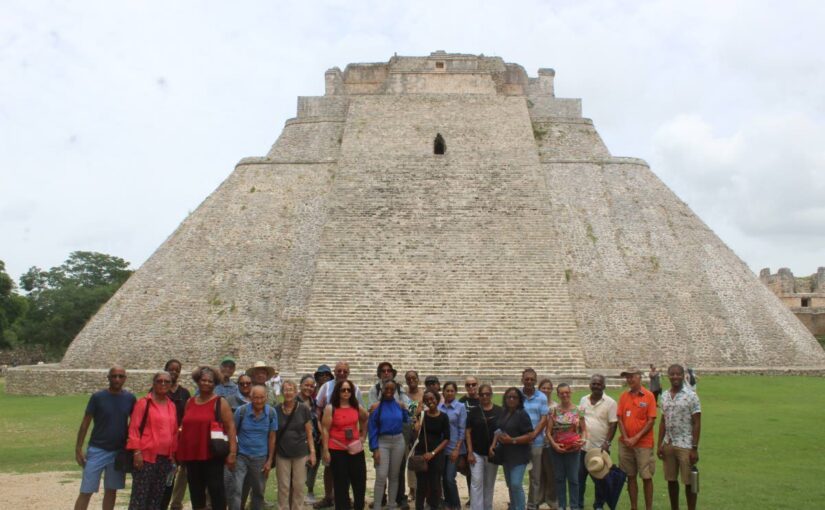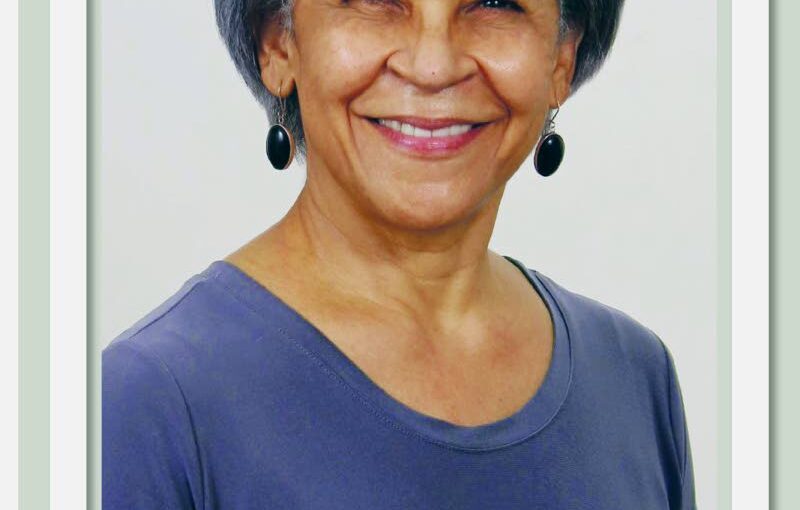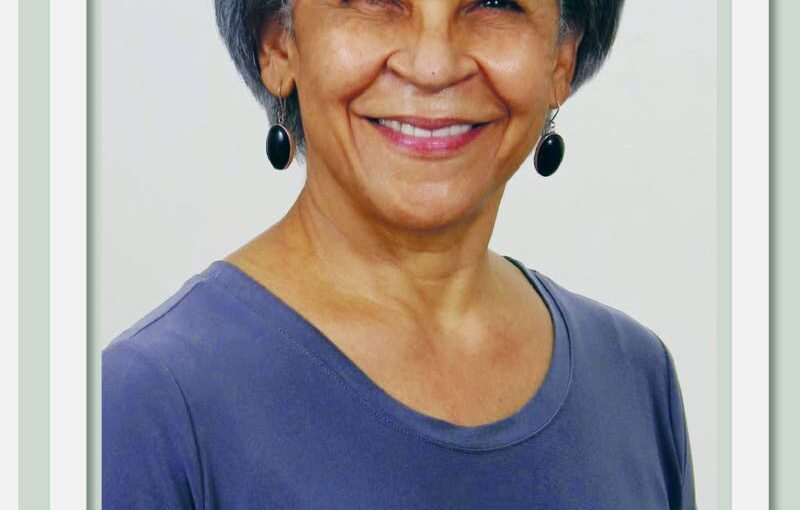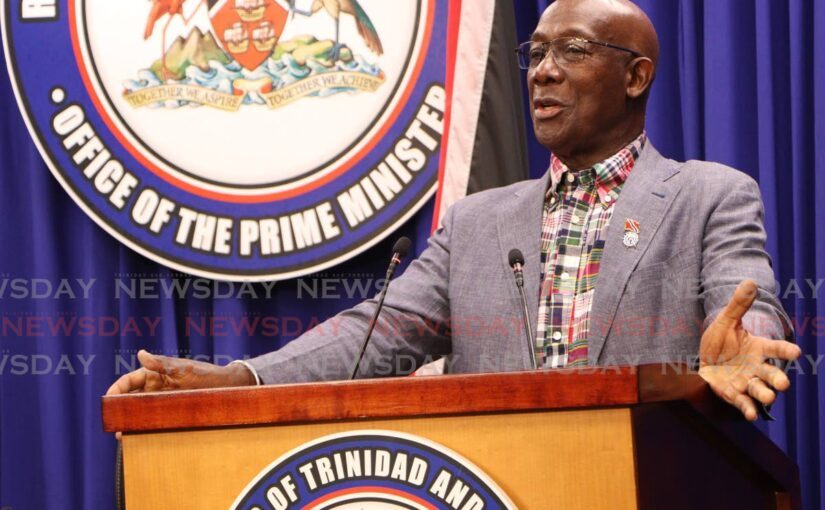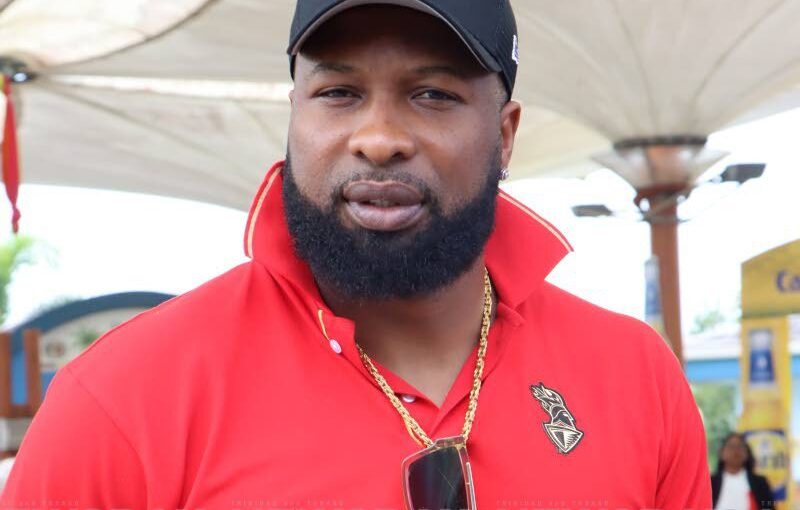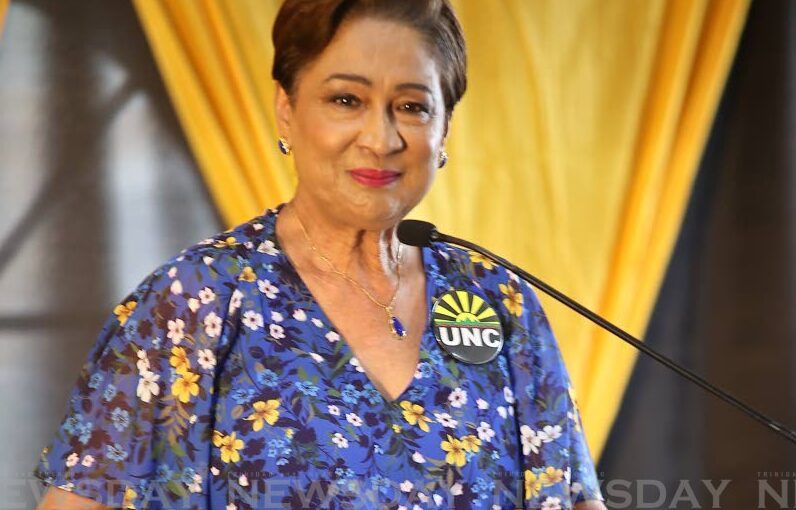QUERULOUS chatter about the changing of the coat of arms rumbles on. Removing the famous three ships and replacing them with the steelpan divides...
Vous n'êtes pas connecté
- English
- Français
- عربي
- Español
- Deutsch
- Português
- русский язык
- Català
- Italiano
- Nederlands, Vlaams
- Norsk
- فارسی
- বাংলা
- اردو
- Azərbaycan dili
- Bahasa Indonesia
- Հայերեն
- Ελληνικά
- Bosanski jezik
- українська мова
- Íslenska
- Türkmen, Түркмен
- Türkçe
- Shqip
- Eesti keel
- magyar
- Қазақ тілі
- Kalaallisut ; kalaallit oqaasii
- Lietuvių kalba
- Latviešu valoda
- македонски јазик
- Монгол
- Bahasa Melayu ; بهاس ملايو
- ဗမာစာ
- Slovenščina
- тоҷикӣ ; toğikī ; تاجیکی
- ไทย
- O'zbek ; Ўзбек ; أۇزبېك
- Tiếng Việt
- ភាសាខ្មែរ
- རྫོང་ཁ
- Soomaaliga ; af Soomaali
Rubriques :
 Maroc - NEWSDAY.CO.TT - A la Une - 01/Sep 07:48
Maroc - NEWSDAY.CO.TT - A la Une - 01/Sep 07:48
Touring the Yucatan Peninsula
Jan Westmaas I RECENTLY accompanied a group of 35 travellers on a visit to the Yucatan Peninsula in Mexico. I was stunned, speechless even, when a young traveller, on her first outing with our group, turned to me and asked in all sincerity, “So what was the highlight of the tour for you?” She was in her mid to late 20s and stood out in a group that comprised 35 wayfarers, the vast majority of whom were in their 60s and 70s, with one couple in their early 80s. In all honesty, I searched for words, wondering how to respond. I had been to Yucatan twice before. I first went in 1975 with my wife on a one-month adventure by land across Central America and Mexico. I returned in 2019, accompanying a group of fellow nationals, straight to the Yucatan via Panama on that occasion, much as I was doing this year. But there was something special about this one. With memories of our clambering to the top of the Mayan ruins of Ek Balam, of visits to brilliantly curated museums, of overnighting in quaint colonial towns, of having our faces whipped by the wind as we sped in boats along the Rio Lagartos (Crocodile River) in search of flamingos, crocodiles and pelicans, of multifarious other things that flashed across my mind, my response was not what one would expect. “The four nights we spent in Valladolid,” I said, perhaps anticlimactically. Indeed, having already been exposed in 1975 and 2019 to some outstanding ruins of cities that the ancient Mayan civilisation left for posterity, my instinctive fascination with Valladolid led me to answer the way I did. It is not that the Temple of Kukulkan that dominates the ancient city of Chichen Itza, designated a World Heritage Site in 1988 and a Wonder of the World in 2007, failed to excite me anymore. Nor that I was no longer moved by Ek Balam (Dark Jaguar in the Mayan language) nor by Uxmal. Ek Balam is one of the largest buildings in Middle America, 162 metres long, 68 metres wide and 32 metres high. Founded in the third century AD, it reached its height between 770 and 840 AD. Recurrent motifs on the city’s wall are carvings of the Jaguar. Uxmal is another Unesco World Heritage Site with its stepped Pyramid of the Magician rising steeply to 30 metres from its unique rounded base. No climbing to the top on this one, as we had done at Ek Balam. [caption id="attachment_1105967" align="alignnone" width="538"] The Church of San Servacio in Valladolid, Yucatan. Originally built in 1545. Demolished in 1705 after it was desecrated by political infighting between rival mayors known as the Crime of the Mayors. It was rebuilt in 1706 with the altar facing the north rather than the west (Rome). -[/caption] Mexico often makes international news headlines. After all, it’s a vast, fascinating country comprising 31 states plus its capital Mexico City. Three of these states – Quintano Roo, Campeche, and Yucatan – are in the pancake flat Yucatan, a peninsula of limestone rock that projects from the mainland, like a human foot, into the Gulf of Mexico and the Caribbean Sea. In 2022, it’s estimated that 2.37 million people lived in the 181,000 square kilometres that comprise the Yucatan. The peninsula alone is 35 times larger than Trinidad! To put things in perspective, Mexico’s entire population is 133 million and its area is 1,973 million square kilometres, with the Yucatan taking up 12 per cent of the entire country’s land area. In the mid-19th century, Mexico was a country far larger than it is now. In the Mexican American war of 1848, it was forced to cede 55 per cent of its land to the USA, including the present-day American states of California, Nevada, Utah and New Mexico. As I write, today’s headline story on the international news is not about the revelation of yet another Mayan site on the Peninsula. Ocomtun was discovered in June last year but received little press coverage. Nor do you read or hear anything in the news about the peninsula’s enchanting “pueblos mágicos” – magical towns like Mérida and Valladolid. On this tour we spent six nights altogether in these charming towns, roaming through its streets and squares at all hours of the night, without fear of being attacked or harassed – something we cannot do anywhere in our own country. True to the stereotype that many of us have of Mexico, the lead stories in the international press are about international politics and crime. Just recently, Mexican left-leaning outgoing President Lopez Obrador was reported to have backed off from a planned meeting with the presidents of Brazil and Colombia to discuss the questionable results of the recently concluded presidential election in Venezuela. Even before that, the headline news featured the arrest of two top leaders of the notorious Sinaloa drug cartel, who were subsequently taken into custody in the United States. One is Ishmael “El Mayo” Zambada and the other is Joaquín Guzmán López, son of the notorious drug lord Joaquín “El Chapo" Guzmán who was extradited from Mexico to the USA in 2017 and was sentenced to life imprisonment in 2019. This information overshadowed the recent election of Mexico’s first woman president, climate physicist and Nobel Prize winner, Claudia Scheinbaum. Similarly downplayed is the plight of the thousands of undocumented migrants who gather at the Mexican/US border, desperate to cross before November, fearful of a victory by Donald Trump in the US presidential election in November. Putting aside the ungodly hour of our flight (4.08 am) by Copa Airlines from Piarco to the Cancun via Panama, crossing the border into Mexico at Cancun airport was free of hassle. TT citizens travelling to Mexico as tourists have visa-free entry into the country. Never mind the brouhaha on the internet about the payment of Visitax, a visitor’s tax supposedly imposed on all foreign visitors by the state of Quintana Roo where the Cancun airport is located. The tax was introduced in 2021 but its implementation has been haphazard and appears to have been abandoned. Once cleared by immigration and customs, we met Lorenzo, the affable driver of our coach. Soon we embarked on our eight-day round trip across the peninsula from Cancun on the Caribbean coast to Campeche on the Gulf of Mexico and back. Up to 1970, Cancun was a tiny fishing village with a population of about 100 inhabitants of Mayan origin. Kaan Kun is a Mayan word meaning snake’s nest but with sun, sand and sea in abundance, tourism gradually became the backbone of the local economy. It is now a metropolis with a million inhabitants. Cancun did not detain us. We had not come to Yucatan for its city life nor to sunbathe on its beaches. We headed straight for historic, charming small-town Valladolid (60,000 inhabitants) where we were due to spend the first four nights of our tour. It was a mere two-hour drive away on an excellent highway. As we got closer to our destination, Lorenzo pointed to the railway that runs alongside the highway. “Para turistas,” (for tourists), he said. “El tren Maya,” he added. I had read somewhere that the Maya train, only completed in part, had become a political hot potato. “It’s an environmental disaster,” says one critic. By late afternoon we had settled into our compact 70-room hotel, Maria de La Luz, ideally located around Valladolid’s main square that brimmed with life. In full view in the centre of square is a water fountain adorned with the statue of a woman. In the background on the southern side of the square is the Cathedral of San Servacio with its domed roof, intricately designed altar and its high twin towers dominating the landscape. “Valladolid was first built in 1543 by the Spaniards but was relocated in 1545 to where we are now,” said Miguel, our handsome mestizo guide, in perfect English at the San Roque Heritage Museum. “Believe it or not, the colonisers built this place on top of a Mayan town named Zaci, re-using the original Mayan stones,” he continued. “I imagine you’ve heard of the Caste Wars,” said Miguel, pointing to an exhibit on a wall in the museum. “In those days in the Yucatan only the Peninsulares (Spaniards born in Spain) and the Criollos (children of Spaniards but born in the New World) mattered. Unsurprisingly, the Mestizos and the indigenous Maya revolted.” With guides like Miguel and Manuel, I knew we were in for a treat for the rest of our tour. And a treat, indeed, we had, traversing the Yucatan, going off route to visit the Rio Lagartos Biosphere reserve where Nika, a particularly adventurous traveller in her early 70s, opted for a Mayan mud bath. We eventually got back en route to Merida, deemed not only the cultural capital of the Yucatan but also “the safest city in Mexico.” After two delightful nights here we continued to Campeche, on the Gulf of Mexico. This city, capital of the state with the same name, did not disappoint. In the cool of the evening, Lorenzo drove us alongside its seven-kilometre malecon (seaside promenade) with its monuments in honour of events and heroes in the city’s history. To crown it all, later in the evening most of us divided into small groups to take a tour on an open-air rustic bus with wooden seats that ran every hour. The tour took us through the old walled city built by coloniser, San Francisco de Campeche, in 1540 atop the Mayan town of Can Pech. Our return to Cancun saw several of us visiting one of its famous white, sandy beaches where locals and visitors alike spent most of their time on the sand as the water was quite rough that evening. Happy to be going home but reluctant to take leave of our fellow travellers and our Yucatan adventure, the group was already eagerly asking where the next tour would be headed! Jan Westmaas is author of Out of the Box, Tales of Travel 1972 to 2013, available as an EBook on Amazon. The post Touring the Yucatan Peninsula appeared first on Trinidad and Tobago Newsday.
Articles similaires
Ron Paul: The First Steps Toward A Liberty Platform – OpEd
Last weekend several hundred of us gathered in Washington, DC, at the Ron Paul Institute conference to again proclaim our dedication to the cause of...
The maths conundrum
THE alarming headline in this newspaper on August 21 announced “64% fail maths” in CSEC exams, across the region. According to the Caribbean...
Crime judiciary’s responsibility too
THE EDITOR: Our Constitution, which forms the foundations of the State, establishes three important arms of governance, the legislature (Parliament),...
Crime judiciary’s responsibility too
THE EDITOR: Our Constitution, which forms the foundations of the State, establishes three important arms of governance, the legislature (Parliament),...
What do we have to show?
THE EDITOR: I find myself reflecting on our journey since gaining independence and wondering: What do we really have to show under successive PNM...
T20 Olympic dream is on
THE EDITOR: Matt Roller (ESPNcricinfo) recently wrote that TT is “the tiny country that keeps producing T20 superstars.” After more than a...
The Regime’s Wars Are Built On Lies – OpEd
By Karen Kwiatkowski Americans are increasingly uneasy about their “national” security, and increasingly concerned that war is lapping at our...
The Regime’s Wars Are Built On Lies – OpEd
By Karen Kwiatkowski Americans are increasingly uneasy about their “national” security, and increasingly concerned that war is lapping at our...
Globalisation an opportunity, not threat
THE EDITOR: While I respect the sentiments expressed by Opposition Leader Kamla Persad-Bissessar on the occasion of our nation’s 62nd Independence...
Les derniers communiqués
-
Aucun élément
